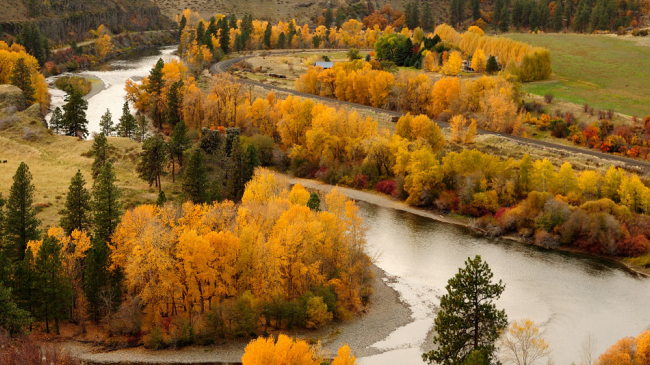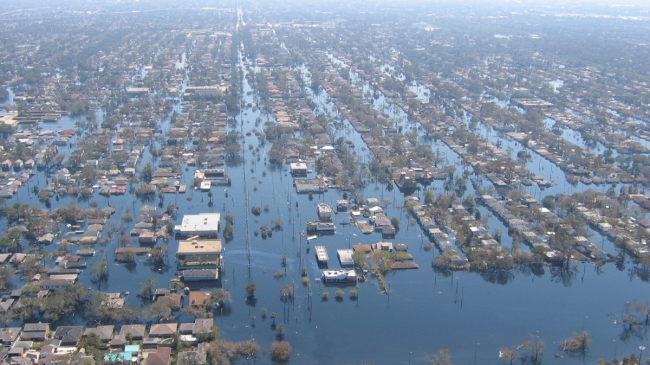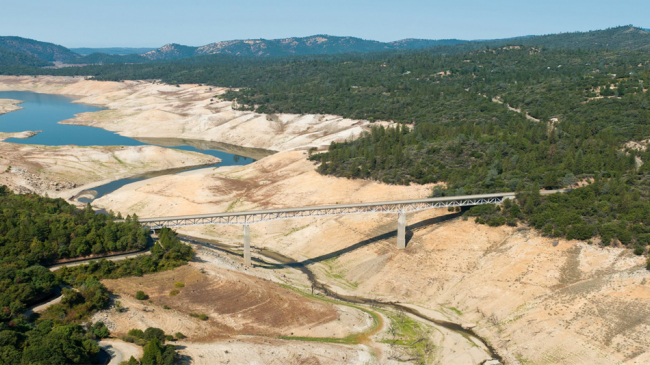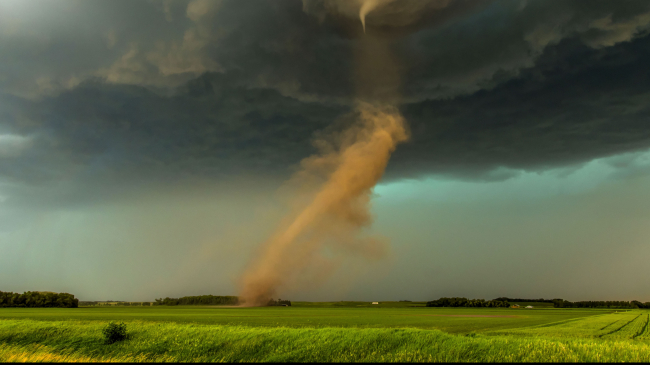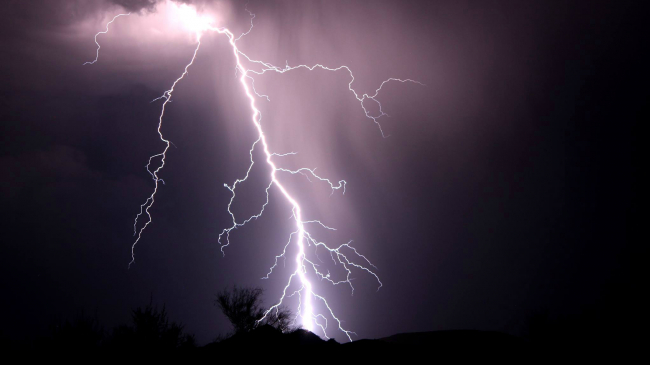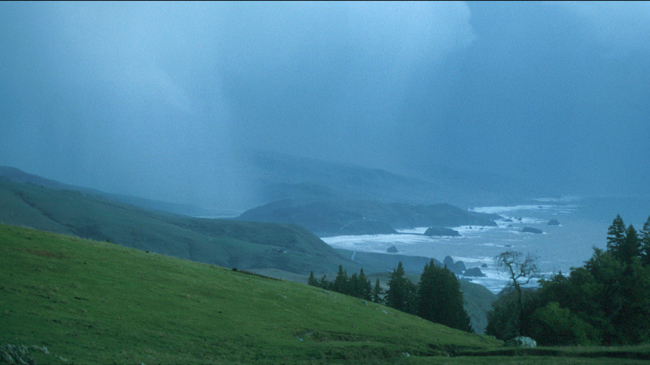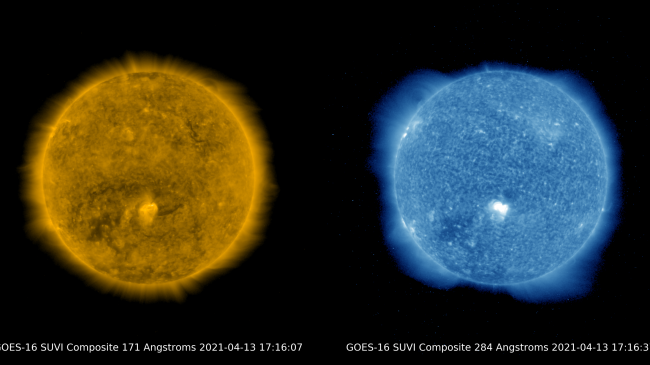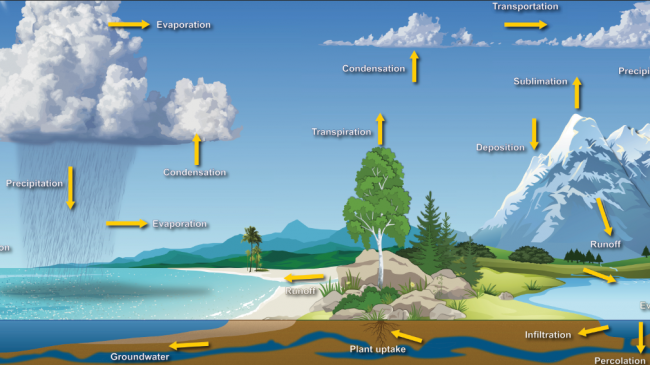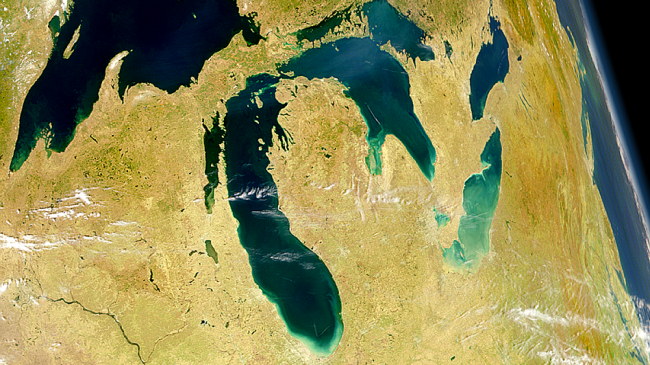Topic: Water
The water in your watershed quenches thirst, grows food, washes clothes, and powers industry. However, too much water can cause raging floods and flush pollutants and soil into rivers and streams. How do we interact with the water in our watershed?
A tornado warning has been issued and you are in the path of one of the 1,200+ tornadoes that hit the United States each year. How quickly can you get to a safe place out of the severe weather? Do you have a plan? Where would you go? Will you, your family, your students be safe?
Observing the daily weather is part of a regular routine for many of us, helping us decide what to wear and which activities we will do each day. Similar observations of atmospheric conditions are also required by meteorologists to develop those weather forecasts with which we are all familiar.
Imagine our weather if Earth were completely motionless, had a flat dry landscape and an untilted axis. This of course is not the case; if it were, the weather would be very different. The local weather that impacts our daily lives results from large global patterns in the atmosphere caused by the interactions of solar radiation, Earth's large ocean, diverse landscapes, and motion in space.
Did you know that there are storms always occurring in space? Not rain or snow, but winds and magnetic waves that move through space! This is known as space weather. Sometimes the impact of these storms can reach Earth or Earth's upper atmosphere affecting various technological systems including satellite-based positioning and navigation, high frequency radio communications, and the electric power grid. Rather than the more commonly known weather within our atmosphere (like rain, snow, heat, and wind), space weather can come in the form of radio blackouts, solar radiation storms, and geomagnetic storms caused by disturbances from the Sun.
The water cycle is often taught as a simple circular cycle of evaporation, condensation, and precipitation. Although this can be a useful model, the reality is much more complicated. The paths and influences of water through Earth’s ecosystems are extremely complex and not completely understood. NOAA is striving to expand understanding of the water cycle at global to local scales to improve our ability to forecast weather, climate, water resources, and ecosystem health.
The Great Lakes system offsite link includes five large lakes, one small lake, four connecting channels, and the St. Lawrence Seaway. The large lakes are Superior, Michigan, Huron, Erie, and Ontario. They hold about 90% of the freshwater in the United States and approximately 20% of the world's freshwater supply. Forty million residents of the United States and Canada depend on this system for clean drinking water.


